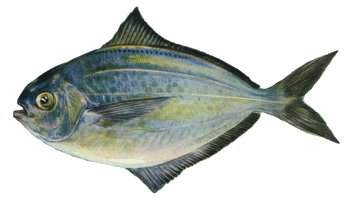DPlan - Table Generator
The Table Generator option will automatically create a decompression table for the given input parameters. These are fairly self-explanatory: a single depth is chosen, and dives of varying length are simulated and assembled into a concise table, as shown below:
Dive Table: xxx ft (ending runtimes)
Open-circuit, PO2=0.97, PN2=3.66
Time -> 10 15 20 25 30 35 40 45 50 55 60 O2/He
Depth | --- --- --- --- --- --- --- --- --- --- --- ------
v 0 | 16 23 30 37 45 53 62 70 79 87 96 21/ 0
10 | ^ 23 30 37 45 53 62 70 79 87 96 80/ 0
20 | ^ ^ 26 32 38 45 51 58 65 72 80 80/ 0
30 | ^ ^ ^ ^ ^ 41 47 53 59 65 72 80/ 0
40 | ^ ^ ^ ^ ^ ^ ^ ^ ^ ^ 66 21/ 0
: ^ ^ ^ ^ ^ ^ ^ ^ ^ ^ ^
xxx > 13 18 23 28 33 38 43 48 53 58 63 21/ 0
====== === === === === === === === === === === === ======
V.main: 38 54 70 86 102 118 134 150 167 183 201 21/ 0
V.deco: 0 2 4 7 9 13 17 21 25 28 32 80/ 0
% CNS: 4 7 9 12 14 18 22 25 29 33 36 single
% CNS: 4 6 9 11 14 17 20 23 27 29 32 24hour
OTUs: 11 18 25 33 41 51 60 70 80 89 98
The top row is planned bottom times, and the first column is depths. To use the table, follow the arrows: go down the first column to the bottom depth ( x'ed out here. ) Then move across to the column representing the planned bottom time. From there, you proceed up the column to each decompression stop. So moving through the table is much like moving through the dive.
Times are ending run times - the time at which you finish the current stop and move to the next. So for the 35-minute dive, you leave the bottom at 38 minutes, and proceed up to the first stop at 30 ft, leaving there at 41 minutes for the next stop at 20 ft, and so on. The 0 feet or surface-level shows the total dive run time.
Gas mix at each stage is shown in the right-most column, and other useful information is tabulated below each dive column. This table is generated for an air dive using an 80% O2 deco mix. Tables may also be generated showing actual stage or segment times. This does not generate usable dive tables, but may be useful for comparative purposes.
The Net Bottom Times option will subtract descent times from bottom times. This makes it easier to compare results with published tables that may have been generated this way. This option can also be used for Dive Profiles.
Open-Circuit Bailout is a rebreather option that will switch to open-circuit at the end of the bottom time. See rebreathers for details. It has no effect on open-circuit dives, or user waypoints.
The Table Generator sets Decompression Stops and Automatic Gas Switches to enabled, regardless of the user setting. Automatic Safety Stops and Extended Last Deco Stops are disabled. Other decompression options including deco mixes are user-selectable. Model options are restricted to ZH-L16B and ZH-L16C, as it is assumed that you are not just fooling around. Model Options and Conservatism are still selectable, but you should use the defaults. Deep Stops are encouraged. Show Profiles will cause the underlying profiles to be displayed along with the table.

